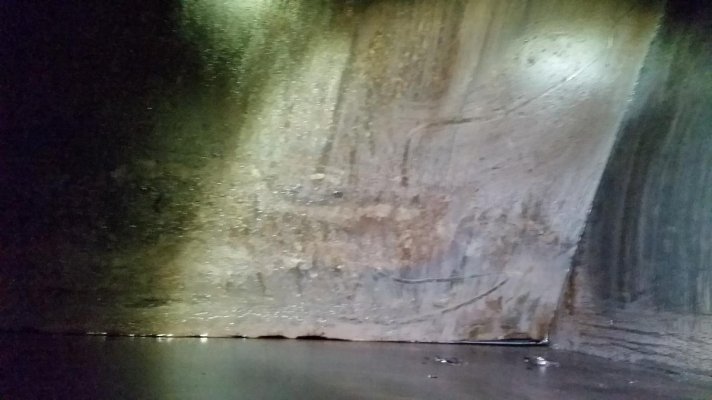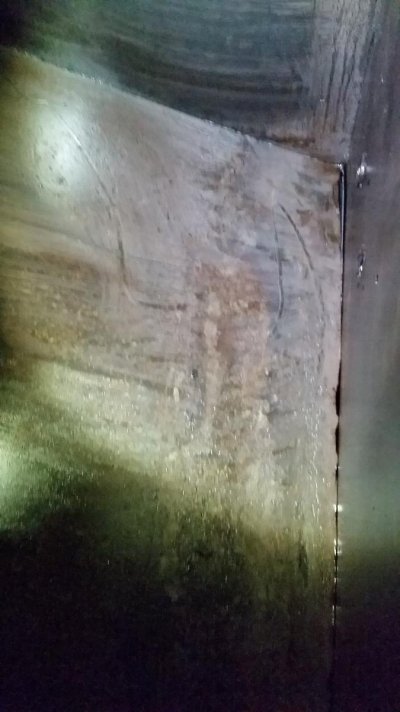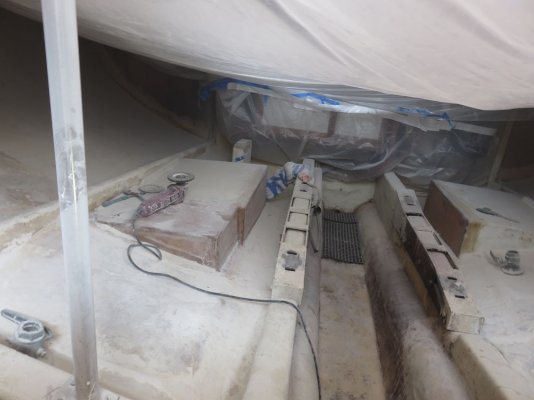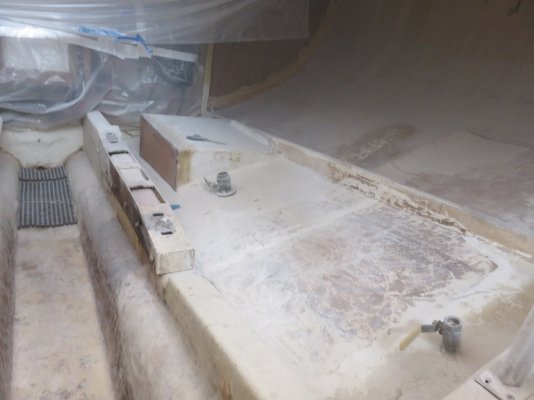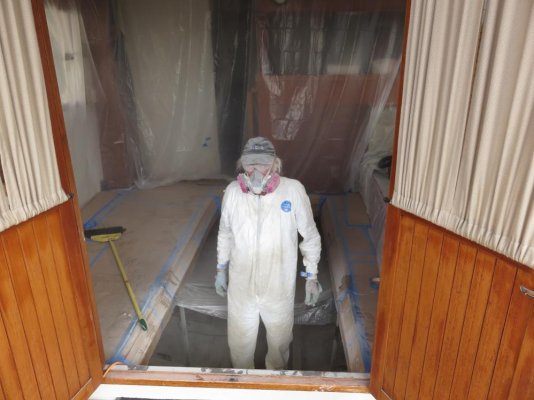RNL
Senior Member
- Joined
- Feb 10, 2015
- Messages
- 109
- Location
- USA
- Vessel Name
- Rob n' Lee
- Vessel Make
- Kadey Krogen 42' #192
Larry and others. Many thanks for sharing your experiences with your tank projects. As a fellow Krogen 42 owner this is invaluable as a resource if / when required. Thanks for the extra effort put forward to let us learn with and from you in this task. Well done.
Glen
Glen

 Fortunately of the 3 assemblies that we took apart this was the only one that showed any dezincification
Fortunately of the 3 assemblies that we took apart this was the only one that showed any dezincification




